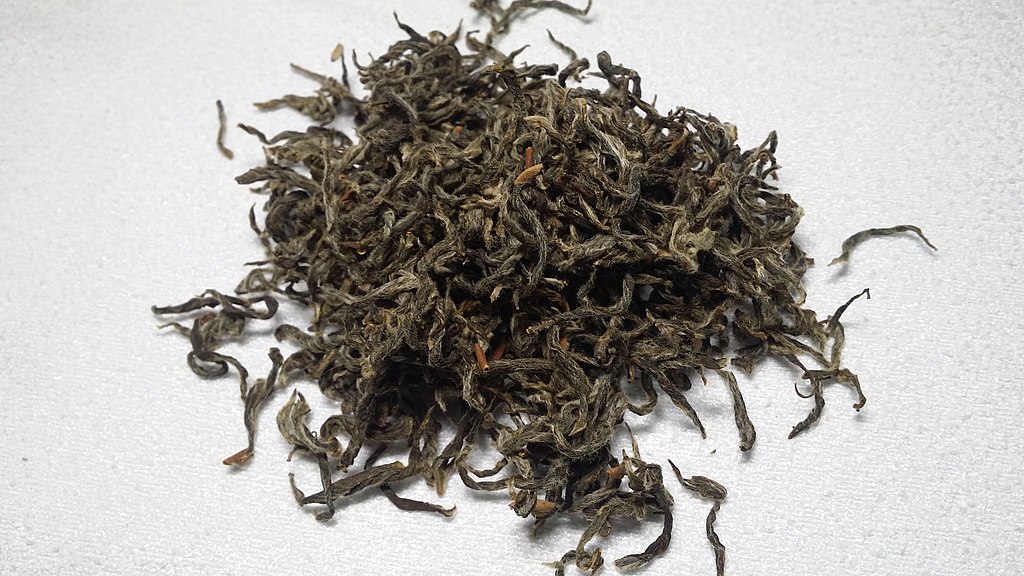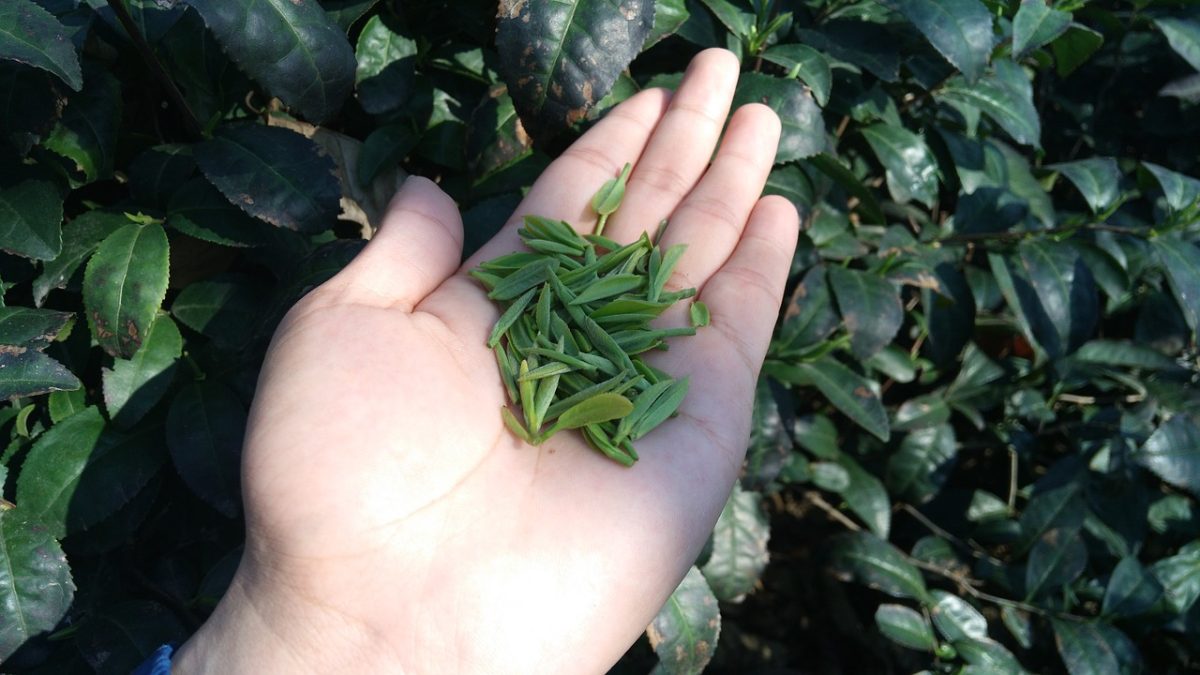What You Need to Know About Tippy Teas
A Captivating Aspect of Tea
Tippy teas are not a type of tea but rather refer to the part of the tea plant that’s used which offers a different taste too. Intrigued? Read on for more!!
What Are Tippy Teas?

Chinese tea farmers came to the realisation that during winter, tea plants would usually store all their nutrients and when spring arrived, these would get pushed out in the new tea leave tips; this led to the tips being the tea leaf’s sweetest part. The term “tippy” is used for tea that contains many or all tips.
How Does it Differ?
Tea tips are valued since they offer a better taste than tea made with older and larger leaves. They generally have more caffeine, minerals and vitamins, while the flavour is milder and smoother. The quality also depends on where they come from; for example, when it comes to Ceylon Tea, Sri Lanka also produces fine golden or silver tips tea available from tea exporters such as Anverally & Sons.
Different Gradings
Teas have different gradings, the standard one being ‘orange pekoe grade’ referring to tea that has been made using the top two leaves and the bud. Tippy teas will usually have a greater number of tips or leaf buds, while some will contain tips or buds completely. When grading these teas, “T” (for tippy) is usually used.
A Fun Fact
Interestingly, many tea tip varieties have fine hairs on them and these are referred to as “downy buds” due to their texture which is like down feathers! Of course, there’s a reason Mother Nature has included such a fascinating aspect for the plant; these hairs protect the young and delicate tips against insects.
Related posts
Archives
Categories
- Appetizers (54)
- Arab (51)
- Bars (61)
- Burmese (6)
- Café (47)
- Casual Dining (84)
- Chinese (37)
- Coffee House (44)
- Desserts (75)
- Destination Dining (450)
- Diner (65)
- Family Restaurants (123)
- Fast Food (111)
- Fine Dining (571)
- Food Facts (285)
- Healthy Food (166)
- Hong Kong (10)
- Indonesian (15)
- Italian (4)
- Japanese (18)
- Main Dishes (101)
- Maldivian (87)
- Miscellaneous (11)
- Miscellaneous Topics (402)
- Palate (81)
- Recipes (145)
- Restaurants (263)
- Sea Food (146)
- Singaporean (39)
- Sri Lankan (71)
- Steaks & Grill (100)
- Street Food Stalls (185)
- Thai (99)
- Types of Cuisines (181)
- Vegan (73)
- Vegetarian (18)
- Vegeterian (48)
- Vietnamese (22)
- Western (12)

